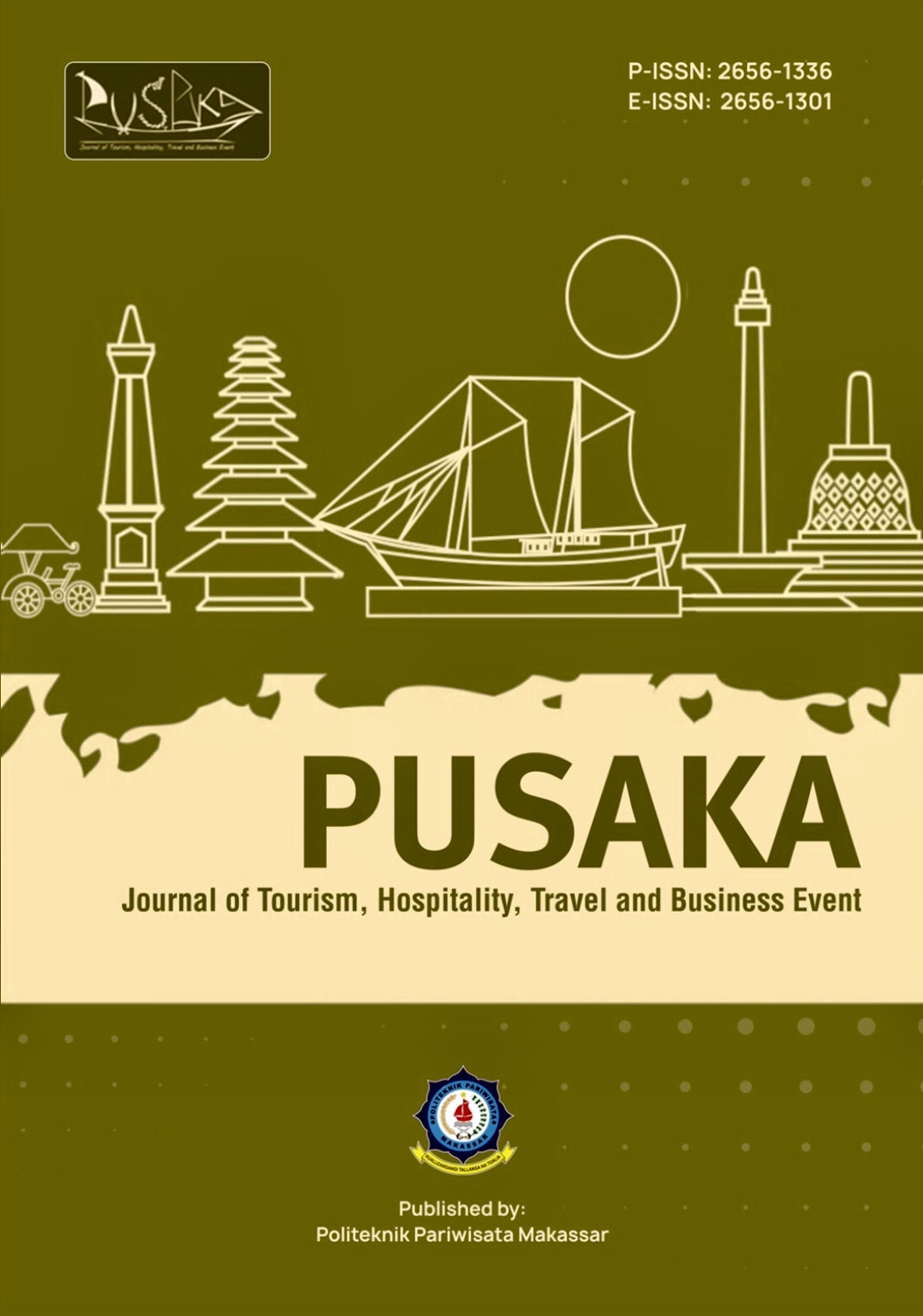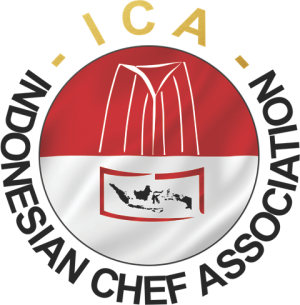Potensi Hutan Mangrove Sebagai Daya Tarik Wisata (Studi Kasus Pada Hutan Mangrove Idaman Kec. Tarowang, Kab. Jeneponto, Prov. Sulawesi Selatan)
DOI:
https://doi.org/10.33649/pusaka.v2i2.59Keywords:
Mangrove Forests, Educational TourismAbstract
The Research of the potential of mangrove forests as an educational tourism is a survey research that focuses on the richness of mangrove forest ecosystems and its potential as an economic driver for the community through educational tourism activities. This research was conducted in the Idaman mangrove forest, Tarowang sub-district, Jeneponto South Sulawesi province. Data collection techniques used were through questionnaires, interviews, and documentation. The results showed that the characteristics of the Idaman mangrove forest consist of various species of mangrove plants, birds, and other mangrove ecosystems that are very potential as a tourist attraction. The potential of the mangrove forest has not been optimized by the communities around tourism area so that it has not yet optimally contributed as an economic source. The constraints in developing of the Idaman mangrove forest as a tourist attraction are the absence of a community-based tourism development and management model on the attractiveness of the Idaman mangrove forest, the low creativity and capacity of the community, as well as limited tourism support facilities. The recommended model for developing mangrove forests is educational tourism based through nursery activities and planting of mangrove forests for conservation, utilization and diversification of mangrove forest products as culinary and handicraft products.
References
Árnason, P., 2010. “Thoughts on Educational (Geo)
Tourism”. University of Iceland: Hornafjörður Rural
Research Centre, Háskóli Islands.
Badan Pusat Statistik Kabupaten Jeneponto, 2019.
Kabupaten Jeneponto Dalam Angka 2019
Cook, S.D Stewart E, Ripass K, 1992, Tourism and the
Environment. Travel Industry Association of
America, Washington DC.
Cool, Mc. SF. 1995, Linking Tourism the Environment
and Concepts of Sustainability Setting the Stage. The
Annual Meeting of the Nation Recreation and Park
Association. Minneapolis MN.
Fandeli, C. 2002. Perencanaan Kepariwisataan Alam.
Fakultas Kehutanan, Universitas Gadjah Mada.
Bulaksumur, Yogyakarta
Gartner, William. 1996. Tourism Development:
Principless, Process, and Policies. Van Nostrand
Reinhold, New York.
Gunn, Clare. 1994. Tourism Planning: Basics, Concepts,
Cases, 3rd ed., Taylor & Francis, Washington DC.
Inskeep, Edward. 1993. Tourism Planning: An Integrated
and Sustainable Development Approach. Van
Nostrand Reinhold, New York.
Mc Intosh, Robert W & Goeldner, Charles R. 1990.
Tourism, Principles, Practices, and Philosophies.
John Wiley & Sons Inc. New York.
Pemerintah Kabupaten Jeneponto, 201 9, Rencana Induk
Pembangunan Kepariwisataan Daerah Kabupaten
Jeneponto Tahun 201 8 – 2032
Sharma.Anukrati, 2015. Educational Tourism: Strategy
for Sustainable Tourism Development with reference
of Hadauti and Shekhawati Regions of Rajasthan
,India, Journal of Knowledge Management,
Economics and Information Technology, Vol. 5 Issue
Downloads
Published
How to Cite
Issue
Section
License

This work is licensed under a Creative Commons Attribution-ShareAlike 4.0 International License.






















